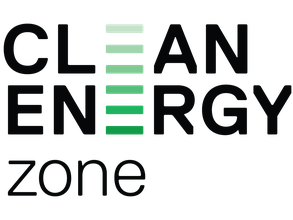A building used for indoor cultivation is not just a place where value is created or customers served – it is part of the production machine, arguably the key factor defining the ranges of quantity and quality of product output, and a major driver of both capital and operating expenses. One of the first decisions a Controlled Environment Agriculture (CEA) farmer needs to make is which style of facility to use. Until now, there have been only two choices - the classic greenhouse or a sunless vertical farm. But neither of these is effective enough in its use of capital and energy to empower the wave of local food entrepreneurs Canada needs.
We aim to revolutionize the indoor farming industry through the construction of Near Net-Zero energy smart facilities, whose carbon footprint and energy costs are radically lower than conventional greenhouses and sunless indoor vertical farms.
Our integrated infrastructure platform will make year-round indoor food cultivation more accessible and profitable in Canadian climates.
We strive to empower entrepreneurs and organizations to feed their communities, by making the CEA industry more attractive to new entrants and smaller-scale growers.
With our partners and advisors we are exploring the combination of sweet spots that inform the design of facilities that will be dramatically better than today’s greenhouses and warehouse-style vertical farms. Our project lies at the intersection of three disciplines. Read more about our perspectives on each:
Controlled Environment Agriculture (CEA), also known as Protected Cropping or Indoor Farming, refers to the cultivation of crops at times and in places where the outdoor weather would not allow, using the indoor environment of a building. This is not new, of course, but in recent years has been driven by advances in technology.
The modern CEA movement is also propelled by growing global interest in local food production, and in heavily urbanized cold-climate countries like Canada, it largely overlaps with “urban agriculture.”
As a counterpoint to globalized big-Ag, growing food near cities and towns promises to shorten and make supply chains more resilient, to improve produce quality, and to rejuvenate communities' participation in feeding themselves.
Controlled environments allow growers to avoid the use of pesticides and fungicides and enhance food safety, flavour and shelf life.
CEA is eco-friendly in many ways, but typically not yet in energy use or carbon footprint. Current approaches use too much energy for each unit of food produced; the obvious ways of reducing energy use are hugely capital and space-intensive.
Can Grow Here Inc. is a pre-seed company being incubated in the Clean Energy Zone of Toronto Metropolitan University. Our innovation focus is at the intersection of Agri-Food, Clean Technology and Renewable Energy, aiming to enable the expansion of Canada’s year-round supply of local farm-to-table produce by designing energy-efficient low-carbon growing facilities.






